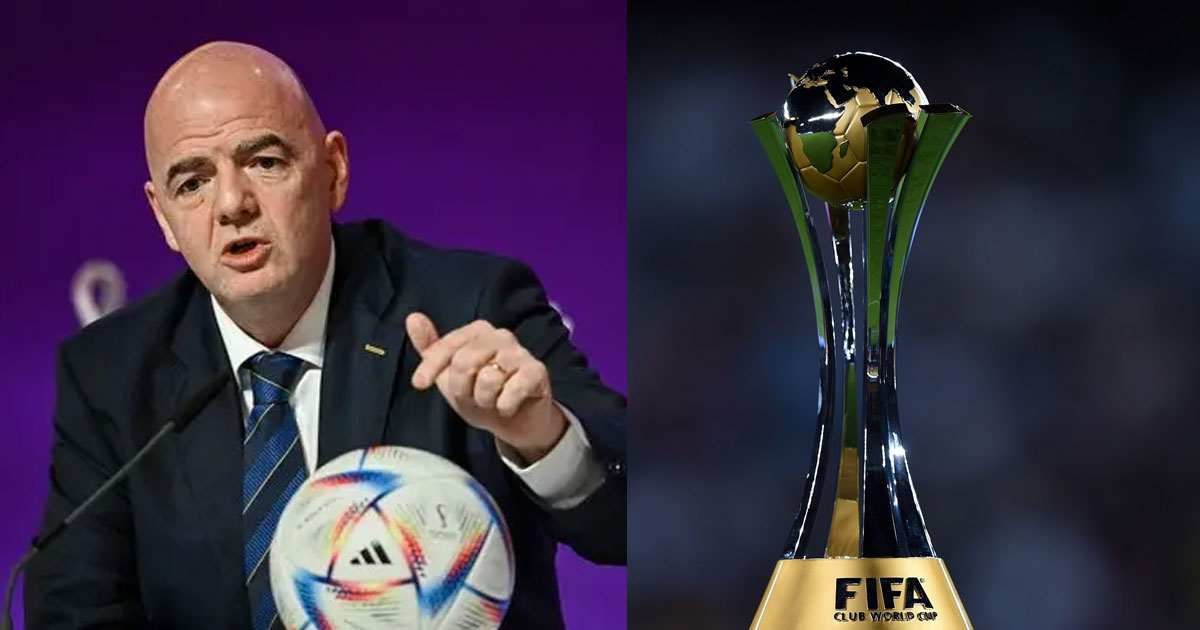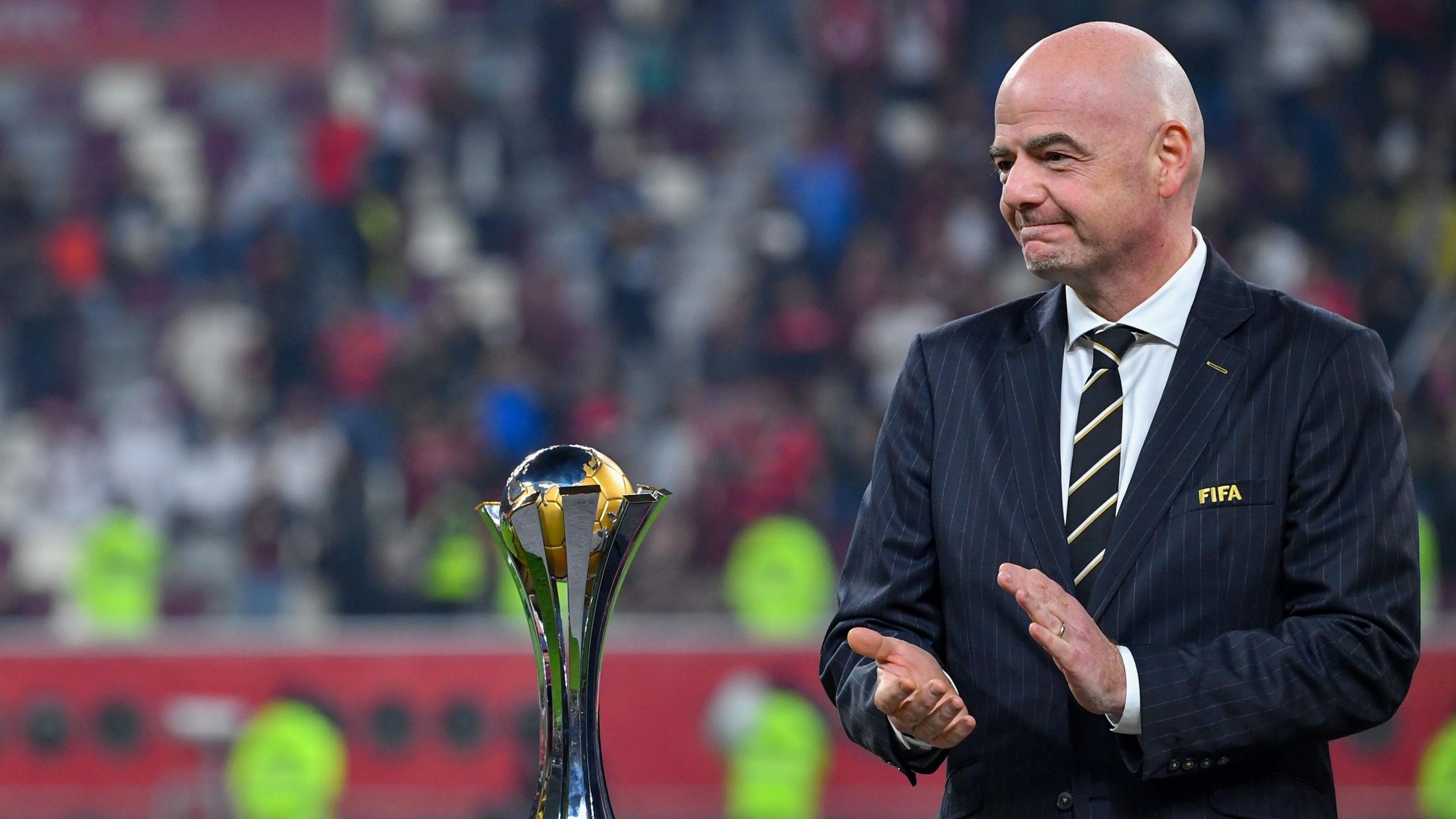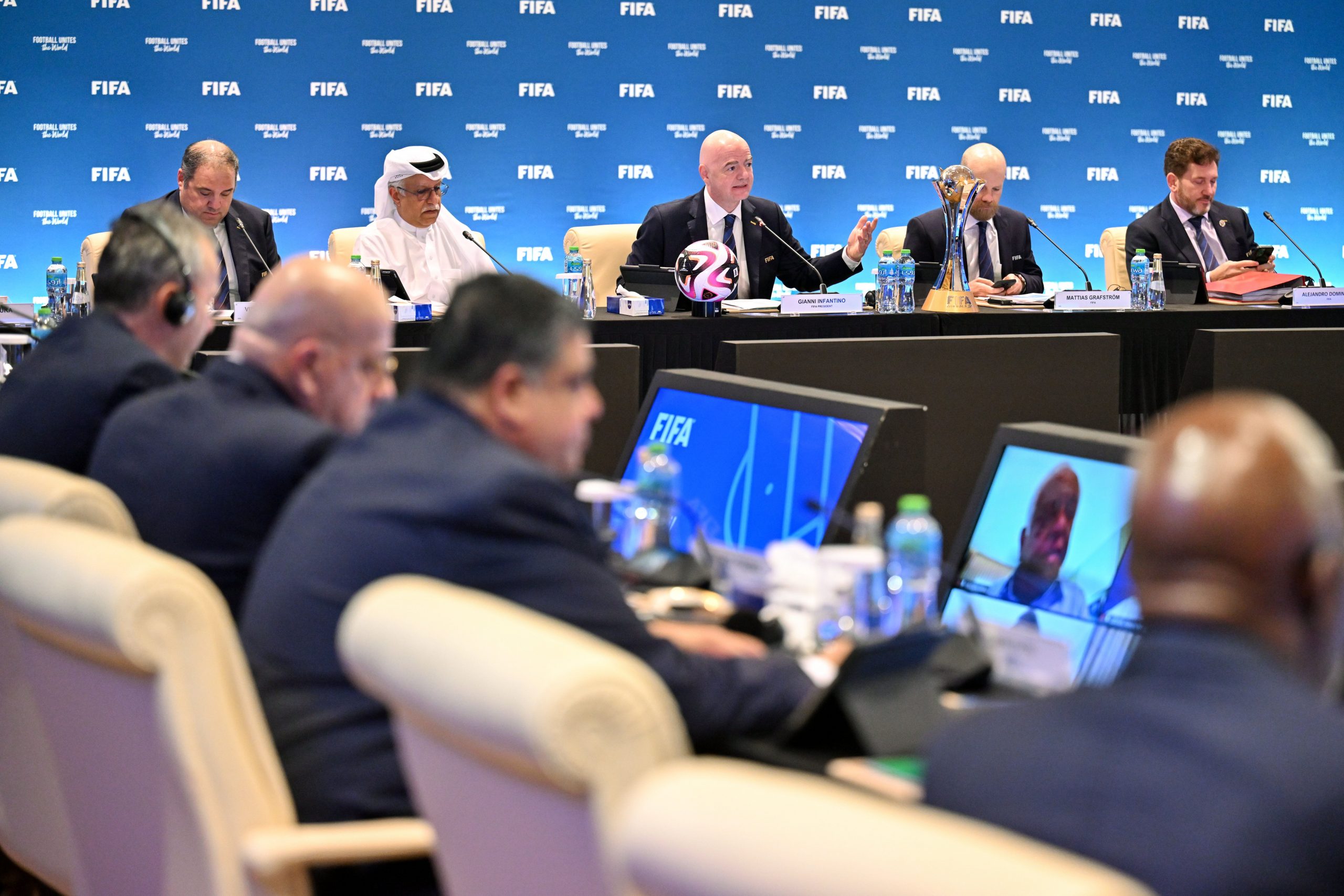The world of football stands at the precipice of a monumental shift as the FIFA Club World Cup (CWC) 2025 gears up to redefine the landscape of international club competition. Gone are the days of a compact, 10-day event. Instead, the footballing globe will be treated to a month-long spectacle involving 32 teams from across the continents, all converging on the vibrant cities of the United States of America. This seismic expansion from its previous format is not just a test of prowess but a litmus test for the players’ endurance and the clubs’ strategic depth.
The Evolution of the Club World Cup
Traditionally a succinct affair, the FIFA Club World Cup has transformed from a gathering of seven elite clubs into a sprawling 32-team tournament. Last held in December 2023, the competition crowned Manchester City as champions, concluding within a mere 10 days. Fast forward to 2025, and we’re looking at a full-blown tournament designed to captivate audiences for an entire month. This dramatic expansion promises to deliver unprecedented excitement but also raises questions about player welfare and the integrity of the game’s competitive balance.

The Venue: America’s Sporting Melting Pot
Set against the backdrop of the USA’s East Coast, the FIFA CWC 2025 is poised to be a festival of football, showcasing the sport’s global appeal and America’s capacity to host events of such magnitude. With the tournament kicking off on June 15 and culminating on July 13, the world’s footballing elite will battle it out in the heat of the American summer. Teams like Bayern Munich, Juventus, and Manchester City have already punched their tickets, promising a spectacle of the highest order.
A Win for FIFA, A Challenge for Players
FIFA’s decision to enlarge the Club World Cup has been touted as a win-win for broadcasters, sponsors, and the organization itself, promising a windfall of revenue and heightened global interest.

Yet, beneath the veneer of commercial success lies a pressing concern for the athletes at the heart of the event. After enduring a grueling club season, players are now faced with the prospect of extending their competitive commitments by another month, potentially at the expense of their physical and mental well-being.
The Socio-Economic Divide
The expansion of the FIFA Club World Cup also casts a spotlight on the widening financial divide in club football. As the tournament demands more from its participants, only the wealthiest clubs, armed with deep squads and extensive resources, stand to benefit. This disparity raises questions about the future of the sport and whether football is inching towards a reality where only the richest clubs can compete at the highest level.
I love how SA journalists have kept quiet about Mamelodi Sundowns going to FIFA Club World Cup 2025.
They want to act surprised when Fifa announces the 32 teams that will participate in Club World Cup next year. Four teams from Africa represent the African continent in USA 🇺🇸. pic.twitter.com/PvUxVwwiT6
— #2023 AFL Champions 🏆 (@maetsebane) March 10, 2024
The Players’ Dilemma
The heart of the tournament lies with its players, whose performances on the pitch have the power to make or break the event’s success. With many facing the prospect of participating in over 60 matches in a season, the decision to play in the FIFA Club World Cup 2025 is fraught with considerations of health, fatigue, and the need for rest. While FIFA may have mechanisms in place to ensure the participation of star athletes, the possibility of a player-led pushback looms large, threatening the tournament’s prestige and appeal.

Conclusion: A Balancing Act of Ambition and Prudence
As the FIFA Club World Cup 2025 approaches, the football world watches with bated breath. This expanded tournament represents not just a celebration of the sport but a critical juncture in its evolution. The balancing act between ambition and player welfare, commercial success, and competitive integrity will dictate not only the future of the CWC but also the direction of club football globally. As the lines between entertainment, sport, and business continue to blur, the true winners of this grand experiment remain to be seen.

Source: Sports Manor









